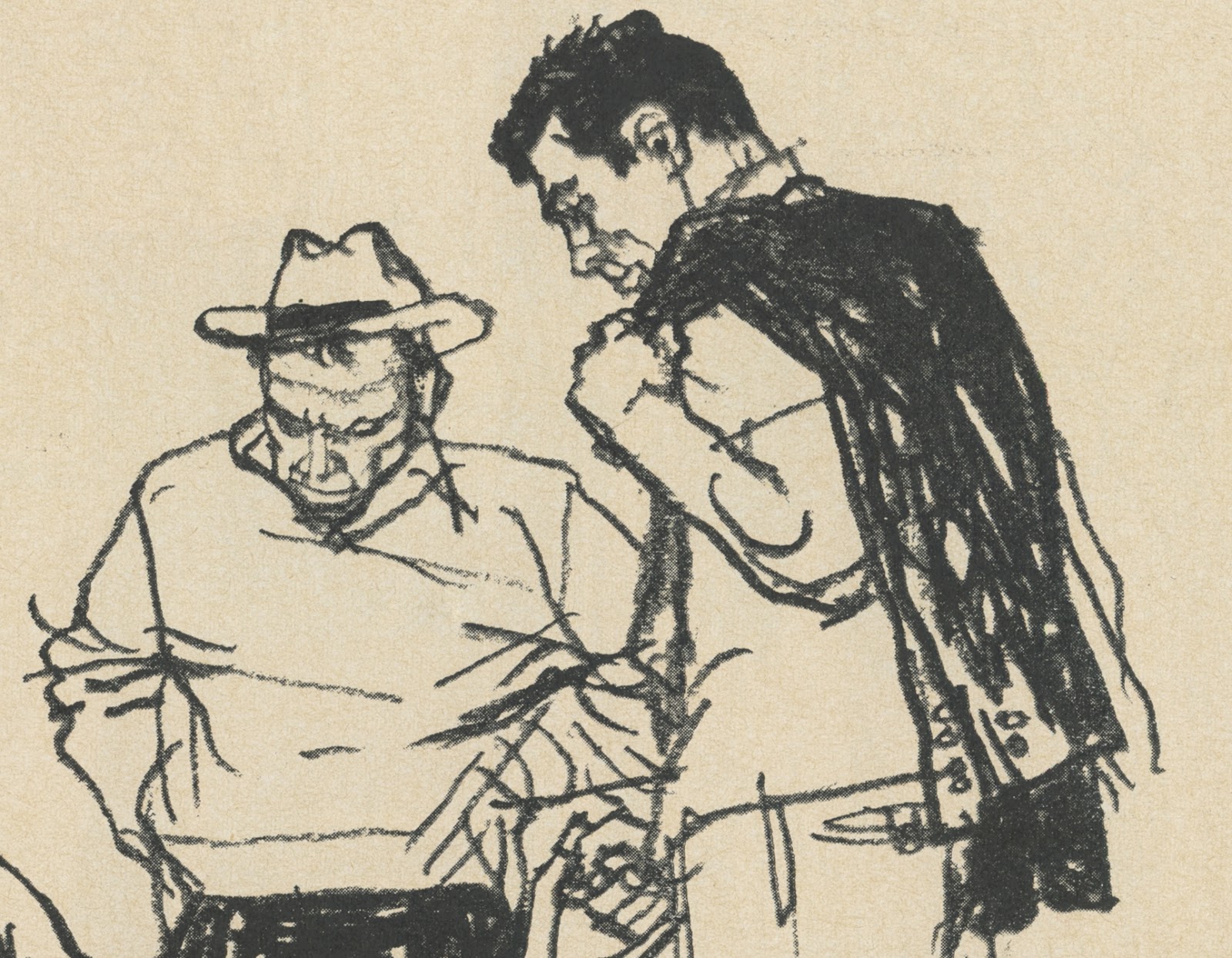The art of illustration has conquered many forms of stigma on the bumpy road to legitimacy.
It was once faulted as "too commercial" but with the passage of time, the malodor of capitalism has largely dissipated. Most of the products and corporations that sponsored the great illustrations no longer exist, while "fine" art has revealed itself as so ruthlessly commercial, honest illustration could scarcely keep up.
Illustration was also neglected as "economically insignificant." But as the
Wall Street Journal noted last year, Norman Rockwell "now leads the charge in American art... Rockwell's top price at auction now exceeds top prices paid for works by Edward Hopper, Georgia O'Keefe and Andrew Wyeth."
Critics once dismissed illustration as "too accessible." But as the schism between fine art and the popular arts widened, fine art-- untethered from the role of communication with a demotic audience-- often became inaccessible to the point of incoherence. Its shrinking relevance, and
the questionable reasons for that relevance, have caused some to reconsider whether accessibility is the crime it was once believed to be.
In this shifting landscape, I've sometimes felt that the only barrier remaining between illustration and cultural legitimacy was the absence of a serious scholarly treatment that would pass muster in any university around the world.
In
The Wizard of Oz, the scarecrow fretted that he had no brain but the Wizard explained that all he lacked was scholarly credentials:
Back where I come from we have universities - seats of great learning - where men [and women] go to become great thinkers. And when they come out, they think deep thoughts, and with no more brains than you have. But they have one thing you haven't got -- a diploma! Therefore, by virtue of the authority vested in me by the Universita Committeeatum E Pluribus Unum, I hereby confer upon you the honorary degree of Th.D.... that's Dr. of Thinkology
That's why I'm pleased that three smart and accomplished (not to mention indefatigable) editors, Susan Doyle, Jaleen Grove and Whitney Sherman have applied themselves to creating the definitive text book on the history of illustration: a serious, peer-reviewed baseline for education of audiences worldwide.
The field of illustration has more than its share of pretty picture books with sparse or negligible text. This book includes plenty of excellent pictures, from the familiar to the arcane...
...but at least 73 pounds of its ponderous weight are attributable to scholarly essays on a cross section of important issues from the history of illustration. The editors have enlisted a veritable who's who from the illustration field-- authors such as Alice Carter, D.B. Dowd, Kev Ferrara (a name familiar to the readers of this blog), Mary Holahan, Stephanie Plunkett, Roger Reed and many, many others. The editors themselves have contributed several of the essays.
The book contains an ambitious 14 page glossary and an equally ambitious timeline of the history of illustration-- both of which are extremely handy, and both of which bring to mind Hercules restoring order to the Augean stables.
One of my favorite kinds of books are those that alert me to my own ignorance. The international sections (on illustrative traditions from around the world) and some of the historical treatments in particular alerted me to gaps in my knowledge that I didn't know existed. Of course I found things to disagree with in this book, but there were many revelatory passages.
History of Illustration is proving to be an excellent resource and I am grateful to the editors for the service they have performed for the field.













